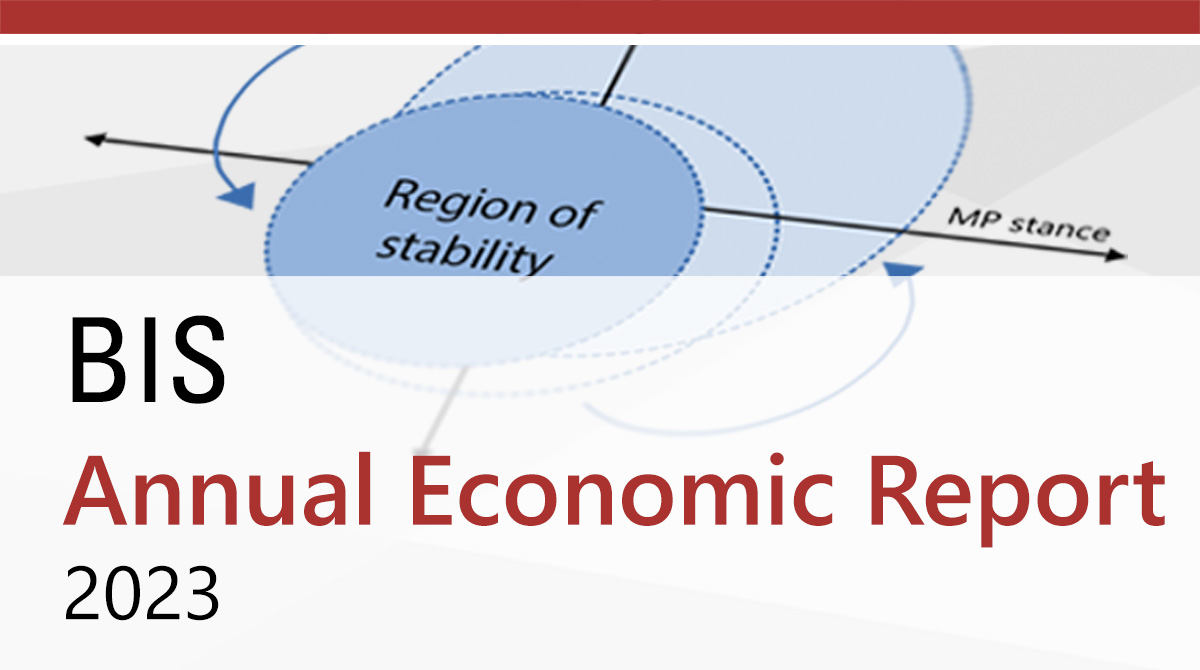The Beauty and the Blind Spot of Digital Assets
Digital assets — whether cryptocurrencies, tokenized real-world assets, or decentralized finance protocols — are, at their best, brilliant. They’re fast, borderless, programmable, and transparent. They promise to unlock liquidity, democratize access, and reduce reliance on central institutions. That vision is real. It’s compelling.
But somewhere along the way, we stopped asking a simple question: Were the problems these assets aim to solve ever problems to begin with?
It’s a subtle shift, but an important one. In the race to innovate, we’ve overlooked a deeper truth: many of the safeguards in traditional finance weren’t accidents or inefficiencies. They were built over time, in response to failure. They didn’t slow finance down out of laziness — they protected it from collapsing.
We Solved More Than We Think
The traditional financial system wasn’t perfect — but it was perfected for a reason. Convertibility, collateral, capital controls, legal recourse, settlement finality — these weren’t arbitrary constraints. They were hard-won responses to trust gaps, fraud, inflation, liquidity crises, and human error. They created a system that was robust under pressure, that could absorb shocks and preserve confidence.
This system evolved slowly because it had to. Banking, for example, isn’t just about holding money — it’s about transforming risk. Credit creation, interest rate signaling, clearing and settlement — these are invisible but essential mechanics that keep economies moving.
When digital assets try to bypass that complexity, they often reintroduce old risks in new packaging. Self-custody sounds empowering — until private keys are lost or stolen. Instant settlement sounds clean — until it eliminates buffers and escalates volatility. Permissionless lending sounds revolutionary — until collateral spirals become unstoppable during downturns.
None of these are unsolvable. But the traditional system already solved them — with layers of control that took generations to build.
The Fragility of Elegance
One of the appeals of digital finance is elegance. Smart contracts remove ambiguity. Blockchains remove intermediaries. It all seems smoother.
But smooth doesn’t always mean strong. Traditional finance is messy for a reason — it accounts for human behavior. It includes redundancies, dispute mechanisms, and the ability to pause or intervene. The chaos is part of the design.
Digital systems tend to assume that incentives and code alone are enough. That’s a dangerous assumption. During the 2022 collapse of Terra/Luna, an algorithmic stablecoin lost its peg and wiped out billions — not because the code malfunctioned, but because the model assumed perfect behavior in an imperfect world.
Seeking impartial news? Meet 1440.
Every day, 3.5 million readers turn to 1440 for their factual news. We sift through 100+ sources to bring you a complete summary of politics, global events, business, and culture, all in a brief 5-minute email. Enjoy an impartial news experience.
What Digital Assets Do Get Right
That said, we should not pretend digital assets have no value. In fact, many of their best traits target genuine shortcomings in the existing system.
They offer efficiency — especially in cross-border transactions that are still plagued by cost and friction. They offer transparency, letting users inspect protocols and trace flows. They open up global access to capital and participation in ways that traditional gatekeepers never allowed.
These are real innovations. They should not be ignored. But they also shouldn’t be mistaken for replacements of the full financial architecture. We can have tokenized assets and still need settlement finality. We can have smart contracts and still need courts. We can decentralize access without decentralizing accountability into the void.
The Forgotten Benefit: Trust Through Tangibility
Money isn’t just about math — it’s about belief. Fiat currencies, while not backed by gold, are backed by governments, legal systems, and collective memory. They are embedded in institutions that people trust to protect their value.
Crypto aims to replace that with code. But trust doesn’t travel that lightly. It needs friction. It needs enforcement. It needs institutions. Without some link to the real world — whether that’s regulation, collateral, or recourse — purely digital assets struggle to create the kind of psychological and systemic safety that makes people save, invest, or plan.
In many ways, the traditional system’s friction was its feature. It made money sticky. Predictable. Durable.
Innovation Without Amnesia
So yes — digital assets are here to stay. They will likely become part of the core financial stack over time. But that process will go better if we stop pretending we’re starting from scratch.
We already solved many of these problems. We learned through failure that guardrails matter. That liquidity needs buffers. That trust needs enforcement. That sometimes, a system that moves slower does so to keep us safe.
If digital finance is to truly grow up, it doesn’t need to replace the old system — it needs to learn from it.
Final Thought
Progress doesn’t mean forgetting what worked. It means remembering why it worked — and refusing to build anything that forgets. Because systems aren’t just codebases or legal structures — they’re accumulations of memory. Of lessons learned in crises, of trust built slowly and lost quickly, of behaviors repeated over time until they became institutional knowledge.
When we call something inefficient, we should ask: inefficient for whom, and in what context? The friction in legacy systems often protects the person with the least power — the depositor, the saver, the user who doesn’t read code or understand risk models. That friction is often the only thing standing between speculation and catastrophe.
If we want a future where digital assets elevate the financial system, not destabilize it, we have to be more careful about what we discard. Sometimes, the oldest parts of the system are the most human — and the most worth preserving.
Sources:

